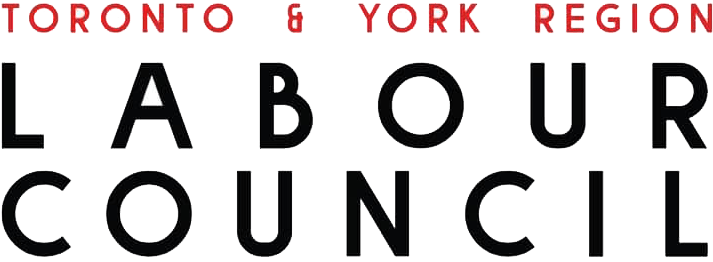Sound Installation
Our institutions often prioritise sight over other sensory experiences of the world. Many of us also do this in our daily lives. We focus on what we can see, visualise, or picture in our minds. Focusing on sound and listening can be a way to engage in the world differently. Sound is physical and very connected to touch, and even smell and taste. Focusing on what we can hear, or even on sonic memories, can be a more embodied, fully present way to interact with each other and our world.
Loosely, there are three types of sounds. The same sound may be categorized into different types depending on the person. The same sound for the same person may be categorized into different types -over time and/or circumstances. Therefore, categorizing sounds is a fluid activity.
- What are significant sounds and soundscapes of your daily life? Try to describe them without using visual labels (“dishes” is a label but clanking, cleaning, being together, sharing are more descriptive of the sounds and feelings).
- What is an early sonic memory you can recall? Can you describe it rather than label what it is? Can you still imagine the sound? How does it feel to remember this?
- What are some lost/forgotten sounds? What are some sounds that you can recall but are no longer able to access and hear? What are some sounds you want to remember from your life now?
The playlist below will allow you to experience sounds in different roles: as the topic of discussion, supporting a story, as the story itself. The audio files will offer you access into the lives of the Women of Courage. Let the women take you down memory lane, to a homecoming party, into their kitchen, and other soundscapes.
*Sounds edited by Doug Friesen, Sound Engineer/Curator

The Playlist | Listen to our stories.
1. Reflections on Sounds (30:28 mins)
Contributors to the Woman of Courage Project were asked to reflect on the significant of sound and listening in their both current and past daily lives. The participants discussed how focusing on sound can allow us a deeper interaction with ourselves, our environments, and our communities. Sound and listening can take us beyond what appears. Participants: Paula, Fammy Abdul Azeez, Maria Lagarde, Nalina R. and Shalini Neubert.
2. My Dear Eyes(3:23 mins)
Letter by Hope Locke.
3. What If I Wore You To Work Today?(0.39 mins)
Poem by Nalina R.
4. Reflections on Sounds & Listening (16:46 mins)
The women were asked to reflect on the significant of sound and listening in their both current and past daily lives. The participants discussed how focusing on sound can allow us a deeper interaction with ourselves, our environments, and our communities. Sounds and listening can take us beyond what appears. Participants: Khadija, Waihin Chan, Sushmita Gupta and Tina Opare.
5. Carmen’s Story (4:49 mins)
A three-generation family story told through past recordings and present sounds. Participant: Carmen Gao.
6. Munira’s Husband Making Chai/Tea on the Stove (0:08 mins)
Participant: Munira Fatehi.
7. Kiden’s Visit Home (Juba, South Sudan) (1:02 mins)
Welcoming party, street noise, walking through neighbourhood, Kiden explaining to her adult sons the traffic in Kampala, Uganda. Participant: Kiden Jonathan.
8. Waihin’s Everyday & Important Sounds (2:04 mins)
Walking through snow, King St. streetcar announcement, basketball game, melting water. Participant: Waihin Chan.
9. Tina’s Streetscape in Accra, Ghana (2:48 mins)
Back home, the drivers are notorious honkers. They communicate pleasure and displeasure, thanks and insults, through a series of honks. You’ll also hear the trotro or public bus yelling their destinations for people to board. Lastly, the street vendors as they call out their food items for people to buy. Participant: Tina Opare.
10. Swamp Soothe Song (2:43 mins)






